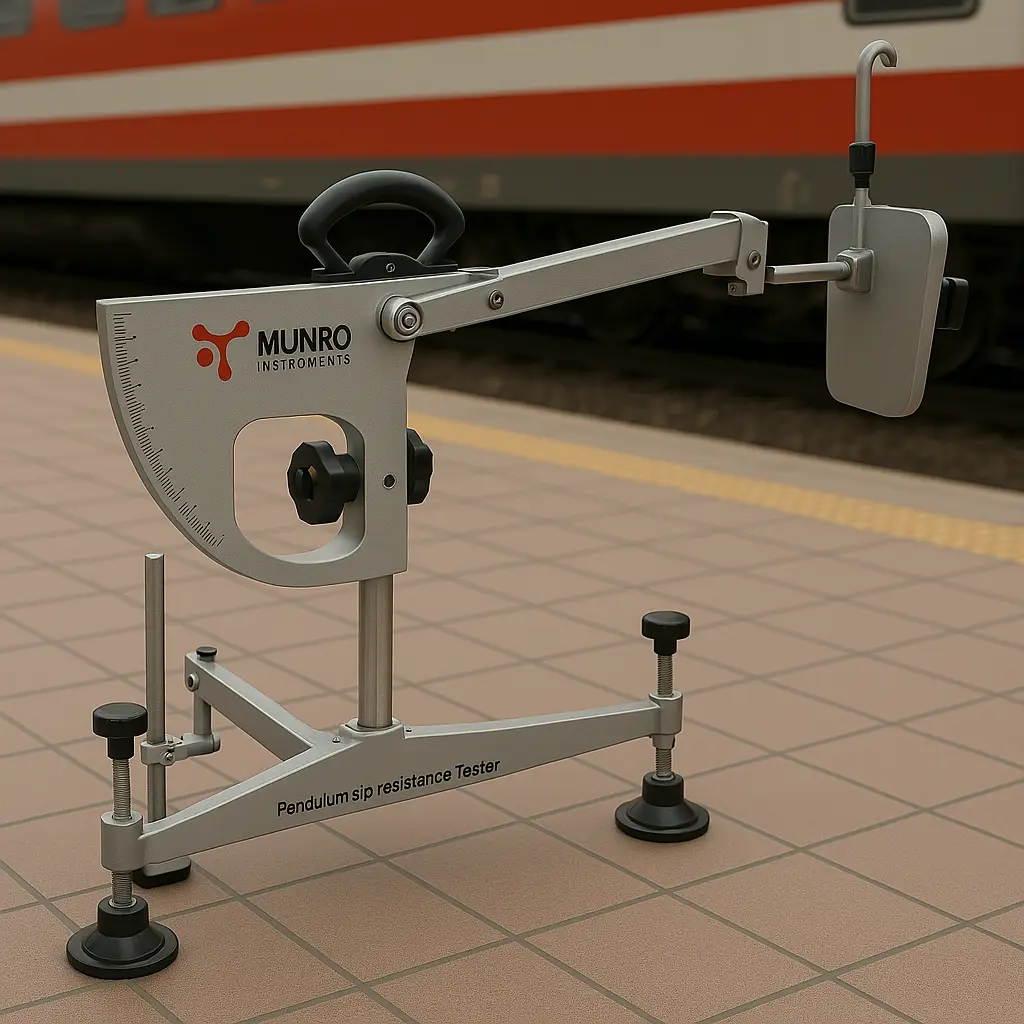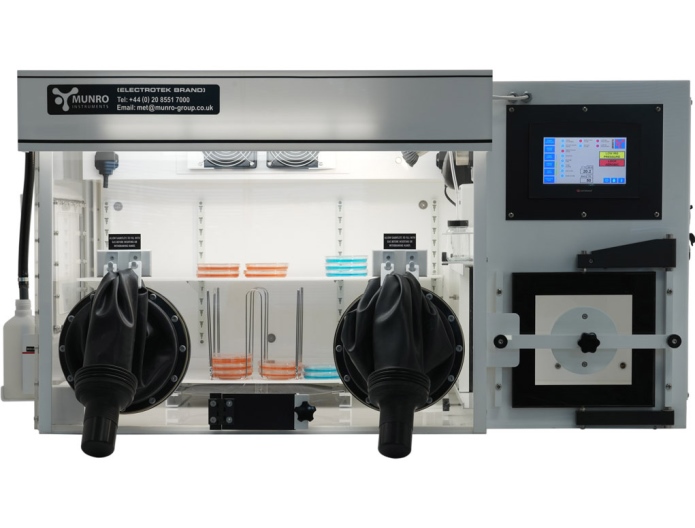Darker evenings and cooler days are two sure signs that winter is fast approaching and summer is becoming a distant memory. Along with cooler weather, the winter months will also bring greater slip and trip risks with wet shoes, slippery trodden leaves and snow making workplaces, particularly high traffic entrances, extremely hazardous. For employers this means taking a few extra precautions to stay on top of health and safety procedures to ensure the risk of slips and trips is minimised.
Maintenance of outdoor areas
It’s not just the indoor areas that need extra care and attention; don’t forget your outdoor areas which will face the wrath of winter weather and show signs of wear and tear, therefore requiring maintenance too. Decking can become slippery and begin to rot if left untreated before winter hits, which can affect its stability; and stray leaves can block guttering causing drips and puddles which are lethal slip hazards if they freeze. Also be wary of pot holes in your pathways which can catch out even the most alert workers on dark evenings.
Despite the increased risks, bad weather is certainly no excuse or defence for slips and trips. Extra precautions, increased awareness and regular maintenance will all help to maintain a safe workplace during the winter months so business can carry on as normal. Let’s go over some key ways to manage slips and trips this winter.
How to manage slips and trips in winter
- Entrance matting
It is vital that all external entrances have sufficient matting to minimise the amount of water, snow and ice that is bought into the workplace, particularly high traffic, polished reception floors where the risk of slips is significant. Ensure your matting is suitable and fit for purpose ‘ is it absorbent enough for even the wettest weather’ Is it big enough’ Do you need additional temporary matting in heavy rain’ Your matting should be deep enough to ensure no wet feet touch the adjacent flooring. Check the borders of the mat effectively contain the water, and that the backing is suitable to keep it securely in place no matter how many feet tread upon it. It should be noted that while matting will help, it cannot prevent water reaching the floor from wet clothing, bags, umbrellas, etc, and alternative measures, such as spot cleaning/drying, temporary matting or targeted anti-slip finishes should be considered.
- Lighting
Slip injuries are far more likely to occur when the drop in available grip is sudden and unexpected, and lighting plays a key role in allowing pedestrians to avoid hazards, or subconsciously adjust their gait accordingly for the lower friction surface. During the bright summer evenings, you might not have noticed if the lights illuminating your pathways weren’t all working or if the car park flood lights were out of action. Even interior spaces previously benefitting from natural light may now become gloomy if the lighting isn’t up to scratch. It will likely be dark when your workers finish for the day during the winter months so you’ll need to ensure all of your outdoor lights are working sufficiently. Poor lighting and uneven paving and/or potholes is an accident waiting to happen.
- Grit Car Parks & Footpaths
Keep an eye on the weather forecast and be proactive when it comes to managing snow and icy weather by salt gritting your car parks and pathways. Check your stock levels now so you’re well prepared for that first snowfall this winter.
- Regular Indoor Maintenance
Ensure safety handrails are secure, particularly those on stairwells and that your cleaning cupboards are accessible/organised and well stocked with supplies (for example mops and paper towels for those extra puddles in reception as people tread rain and snow into the building).
- Regular Outdoor Maintenance
Is your guttering blocked or damaged causing drips and puddles to occur’ If so, get it fixed promptly before the puddles become lethal slip hazards. Fallen leaves can become slimy and slippery if ignored so it’s important to keep on top of your pathway maintenance. If you don’t have the benefit of a full time groundsperson consider the use of mechanical aids (such as a leaf blower) to reduce time costs and increase the effectiveness of the works, or simply employ an external contractor.
- Provide Suitable Footwear
If your workers are working outdoors then ensure they’re equipped with suitable footwear for whatever the weather brings. For external surfaces a thick sole with a high density of deep cleats will provide the best slip resistance, but ensure you listen to staff feedback as they will be best placed to advise on both comfort and suitability for the task.
- Slip Test Your Floors
Know what you’re up against for when the bad weather hits by having your floors tested by a qualified, impartial pendulum slip tester ahead of winter. A pendulum slip test will help identify whether your floors are safe and fit for purpose, or whether there are some issues with its slip resistance which will only be made worse with additional winter hazards. An impartial, independent slip tester will be able to suggest ways to improve slip resistance if necessary, often a decent clean, or improved surface management will be sufficient, but anti-slip treatments can also be effective and it is rare that an entirely new floor is required. The expert report can also be used to defend against slip accident claims where the floor performs adequately or appropriate risk management measures are in place.

The above are just some of the way you can manage slips and trips this winter, but general common sense, increased awareness of additional hazards, a few extra precautions and regular checks and maintenance are the prevailing factors to maintaining a safe environment for workers during bad weather. For more information about slip testing your floors this winter, get in touch with us to discuss your requirements.







